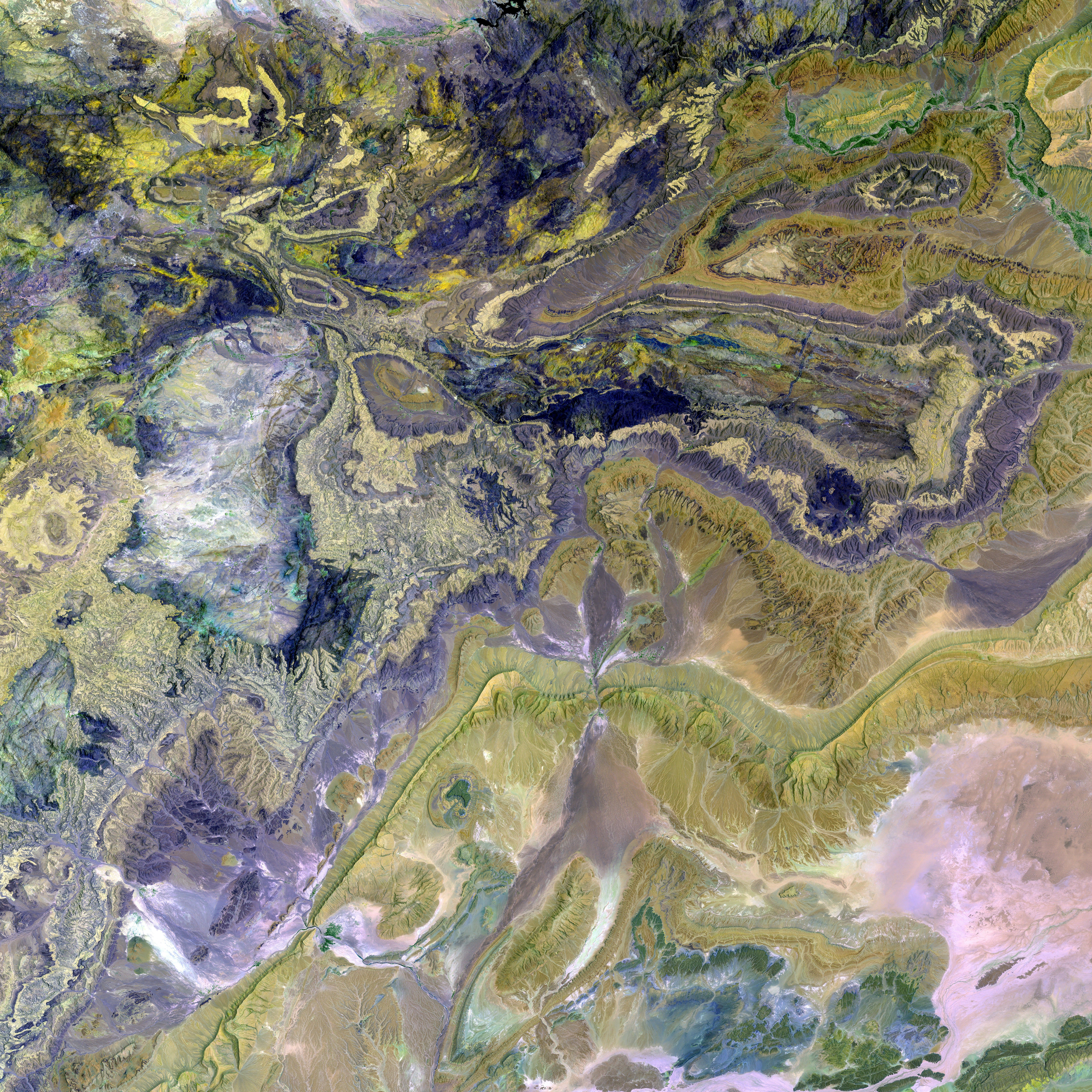Global Fragrance Upsurge: Blossoming Preeminence of Middle Eastern Perfumes on a Worldwide Scale
Middle Eastern Perfumery Redefines Globally-Beloved Industry
For centuries, European and American perfume houses have held a prominent position in the beauty and grooming world. However, the emergence of a Middle Eastern perfumery revolution has disrupted this long-standing dominance and reshaped the fragrance industry.
Middle Eastern perfumery, steeped in ancient tradition but confined to the region, has evolved into a popular global phenomenon. This transformation has seen fragrances from the Middle East challenge legacy brands with their distinctive notes, captivatingstorytelling, and elaborate presentations.
A majority of Middle Eastern fragrances were once associated with Khaleeji traditions, but today they have become coveted collector's items and sought-after luxuries. Consumers worldwide, captivated by the blends, versatility, mystique, and luxurious packaging, are drawn to Middle Eastern fragrances, which are gaining massive attention and favor.
While the industry's roots can be traced back 4,000 years, modern perfumery primarily took root in late 19th-century Europe and the United States. Brands like Chanel, Guerlain, and Dior rose to iconic status, but the modern perfume market remained a stronghold for these brands.
One exceptional Middle Eastern fragrance house, Abdul Samad Qureshi, established in 1850, shares a history almost parallel to Guerlain. Despite this, regional Middle Eastern fragrance houses remained either local or, at best, moderately regional. The limited reach of exported perfumes was confined to countries sharing cultural connections with the larger Gulf region or Islamic culture.
In 1925, Guerlain launched Shalimar, the world's first oriental fragrance, featuring sandalwood, tonka bean, and frankincense notes strongly associated with Arabic perfumery. The "Temple of Love"-inspired fragrance, which captured the eternal love story of Emperor Shahjahan and his wife Mumtaz Mahal, is a testament to the collaborative influences of Eastern and Western fragrance makers.
A major shift in the industry occurred in the 1990s as global fragrance brands looked to tap the petro-dollar-infused economies of the Gulf. The Gulf's high disposable incomes and extensive perfume use made it one of the biggest and fastest-growing markets in the world. Brands started introducing fragrances with oud, amber, rose, sandalwood, and frankincense notes, appealing to Middle Eastern customers seeking something exotic and mysterious.
Oud, with its complex scent that weaves a spellbinding trail, became an international favorite coveted for its richness, elegance, and longevity. Global perfume houses, including YSL, Gucci, and Dior, added Arabian notes to their fragrances, positioning them as the ultimate olfactory elixirs, soaked in the enchantment of the Orient and crafted from ancient ingredients exuding greater projection and sensuality.
To gain a foothold in the global market, Middle Eastern fragrance houses resurrected their ancient practices, emphasizing the deep traditions and expertise of the region. The Middle East holds one of the oldest perfume traditions in the world, dating back over 4,000 years, with influences from Mesopotamian and Egyptian perfumery. Arabic perfumery flourished in the Peninsula after the advent of Islam, with the 9th-century Abbasid scientist Abu Yusuf Yaqub bin Ishaaq al-Kindi documenting over 100 recipes for fragrance oils in his seminal work, The Book of the Chemistry of Perfume and Distillations.
Meanwhile, the pioneering distillation techniques of Jabir ibn Hayyan, including methods of filtration and evaporation, continue to underpin the extraction of natural fragrance oils even today. The Middle East's rich history of incense trade routes is also a remarkable aspect, with caravans traveling over 2,000 kilometers for countless centuries, transporting frankincense and myrrh to ports across the Mediterranean, the Levant, and Egypt.
While Western brands initially targeted the Gulf market, they inadvertently opened doors for Arabian notes to become more accepted by a broader global audience. Middle Eastern fragrances have grown in legendary proportions, captivating individuals with their opulence, richness, and the lasting allure of their unique, transformative scents.
The UAE has emerged as the Middle East's fragrance capital, leading in innovation, quality, diversity, and desirability. Brands like Arabiyat Prestige from the House of My Perfumes have adapted international notes with a fascinating palette of Arabian accords, appealing to customers worldwide with their expertly crafted compositions, enchanting characters, and stunning packaging. State-of-the-art production facilities and best practices in raw material procurement and production ensure top-notch quality.
Although Middle Eastern fragrance houses initially lacked substantial marketing budgets, they benefited significantly from a new class of opinion makers – fragrance reviewers. Unbiased voices from across the globe, open to experimentation and beyond the constraints of legacy brands, have contributed greatly to the expansion of the fragrance industry at an incredible pace.
Thanks to initiatives from leading legacy brands aiming to carve new markets, Middle Eastern perfumery is now stepping into the spotlight on the global scene, and consumers worldwide are embracing the region's legacy, magic, and mystique.
- Shazia T. Kamili, head of Brand Strategy and Marketing at My Perfumes Group.
- Middle Eastern perfumery's distinct notes, captivating storytelling, and elaborate presentations are challenging the dominance of legacy European and American brands, reshaping the fragrance industry.
- Consumers worldwide are drawn to Middle Eastern fragrances for their blends, versatility, mystique, and luxurious packaging, making them sought-after luxuries and coveted collector's items.
- In home-and-garden and fashion-and-beauty sectors, Middle Eastern fragrance houses are gaining massive attention and favor, offering a rich fusion of ancient tradition and modern innovation.
- Education and self-development opportunities are emerging as a result of the global fascination with Middle Eastern perfumery, as consumers seek to understand the history, culture, and art behind these captivating scents.
Travel enthusiasts, in particular, have the chance to visit the UAE and explore the fragrance capital, experiencing the magic and mystique of the Middle East's oldest perfume traditions and innovative contemporary offerings.





